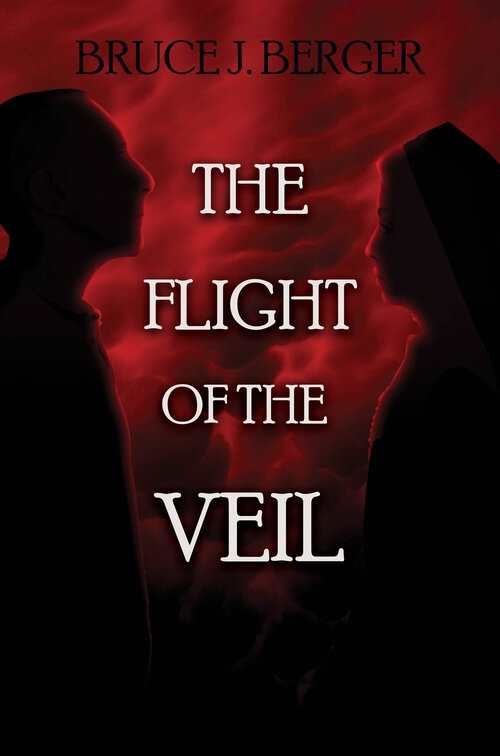The Flight of the Veil
In the intelligent novel The Flight of the Veil, a psychiatrist returns to childhood sites to reconcile his internal contradictions.
In Bruce J. Berger’s reflective novel The Flight of the Veil, a Holocaust survivor returns to his home country in his adulthood.
Nicky is a successful psychiatrist and widower who’s approaching retirement in 1990s New York. He receives a letter from an abbess in Greece who claims that her colleague, Theodora, is Nicky’s long-lost younger sister. For years, Nicky believed that his entire family was killed in Auschwitz; he is remiss to have his mind changed. Further, that his Jewish sister may have devoted her life to Christianity is hard for him to accept.
After a phone conversation with the abbess, who says that Theodora only speaks when she is in prayer, Nicky decides that traveling to confirm her identity is the right thing to do. With his rekindled flame, Helen, whose family took him in when he first came to the US as a teenager, Nicky flies to Greece. He is unprepared for the traumatic memories that come rushing back when he revisits the sites of his experiences in the war. The revelation that Theodora may have performed a miracle is also a complication.
The book is slow to start: Nicky and Helen leave for Greece at the book’s halfway point, before which Nicky spends time contemplating whether or not Theodora could be his sister and whether he should travel to Greece at all. His internal dialogue is repetitive throughout; he also works to reason through his PTSD and to reconcile seeming miracles with his atheism and professional background. But once the couple is in Greece, Nicky’s explorations of its locales, and his interactions with people from his past, result in tension and propel the book toward its cathartic conclusion.
Nicky’s nightmarish past in Greece informs his staunch atheism and his strained relationship with his two adult children. The presumptive way that he speaks to Helen is rooted in stubbornness; he is reticent to change, despite wanting the best for those whom he loves. Helen travels with him to show support, though her willingness to follow Nicky weakens her presence. Nicky adjusts his attitude very little, even when Helen stands up for herself and questions his thought processes. Secondary characters, in particular Nicky’s two children and the two nuns, are dynamic; their own tumultuous experiences layer into the story and support its themes around trauma and the fallibility of memory.
Provocative character discussions span a variety of topics, including religion, mental health, and family and romantic love, achieving an enlightening balance between logic and emotion. Much of the book centers on Nicky’s brimming internal world, though illustrative language is used to render the Greek landscape in gorgeous terms.
In the intelligent historical novel The Flight of the Veil, a psychiatrist returns to places that were treacherous in his childhood, reconciling internal contradictions.
Reviewed by
Aimee Jodoin
Disclosure: This article is not an endorsement, but a review. The publisher of this book provided free copies of the book and paid a small fee to have their book reviewed by a professional reviewer. Foreword Reviews and Clarion Reviews make no guarantee that the publisher will receive a positive review. Foreword Magazine, Inc. is disclosing this in accordance with the Federal Trade Commission’s 16 CFR, Part 255.

